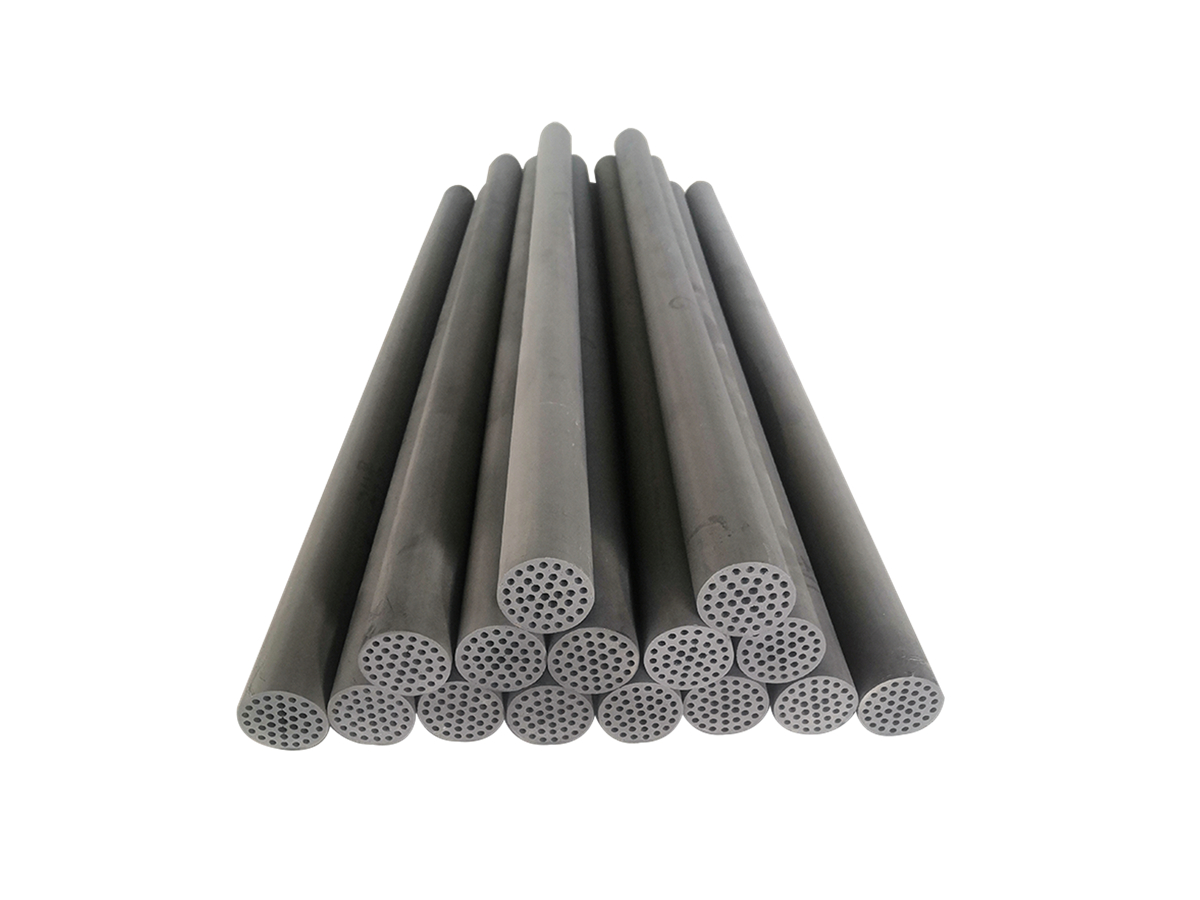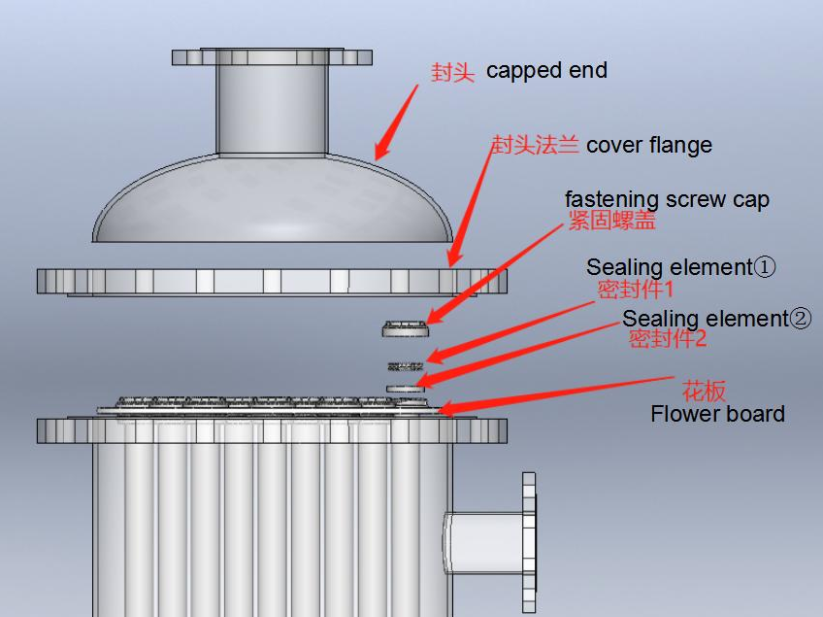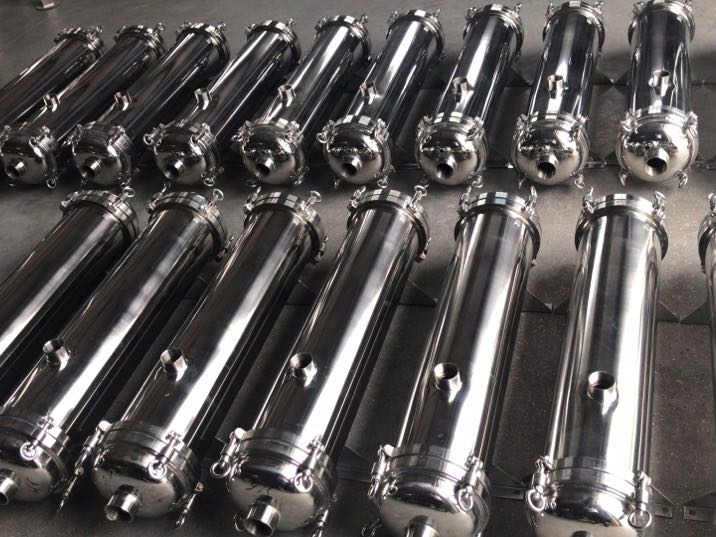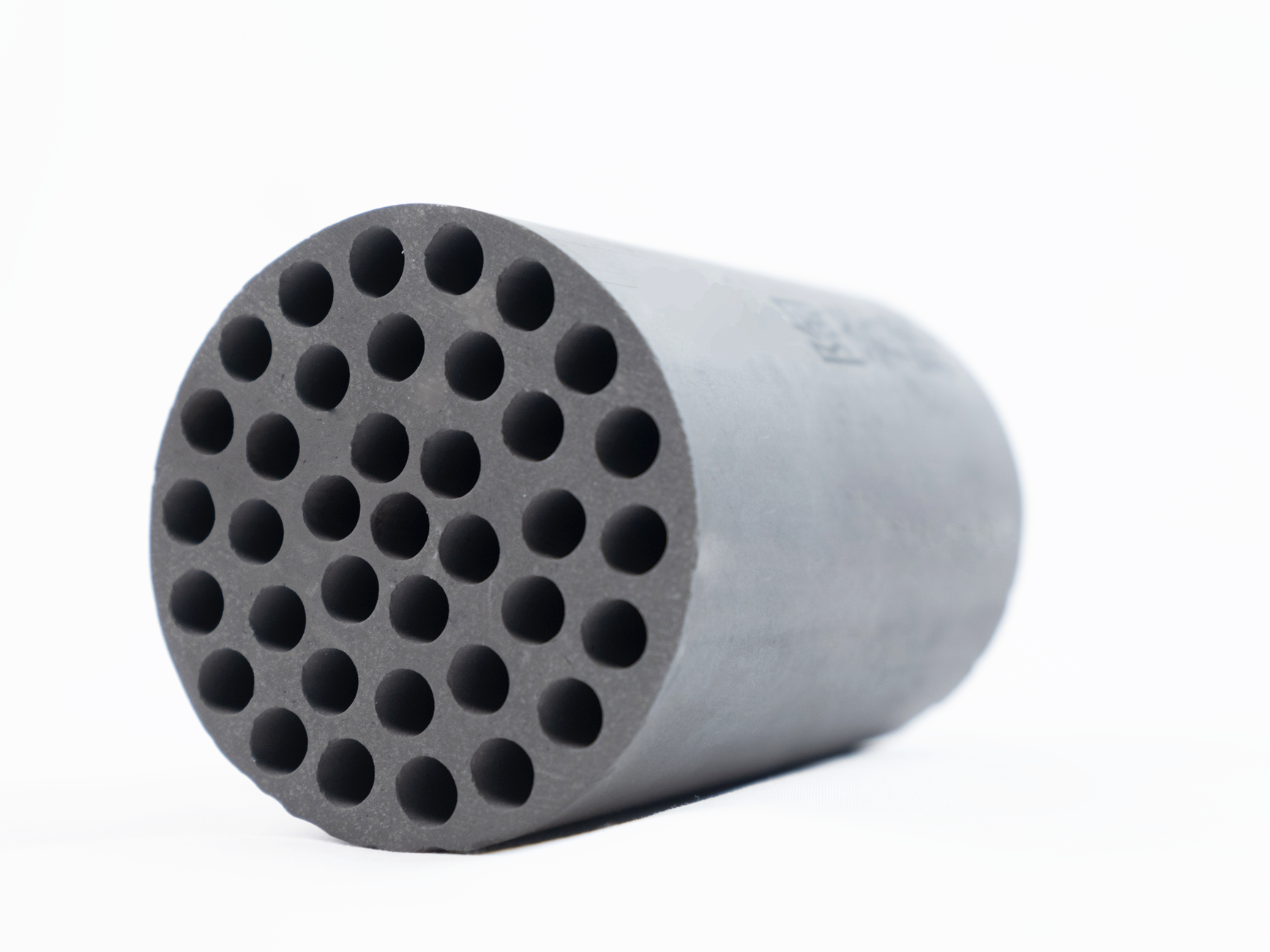High-Performance Pure SiC Ceramic Membranes for Industrial Flue Gas Purification
Introduction
Industrial flue gas purification demands materials that can withstand extreme heat, corrosive environments, and particulate-laden streams. Pure silicon carbide (SiC) ceramic membranes, sintered at 2300°C, offer unmatched durability, chemical stability, and thermal tolerance, making them ideal for high-efficiency emission control systems. Learn more about our ceramic molding services and SiC ceramic filter membrane solutions.
Why Choose Pure SiC Membranes for Flue Gas Treatment?
High-temperature industrial exhaust—whether from power plants, waste incinerators, or metallurgical processes—contains fine particulates, heavy metals, and acidic gases such as SO₂ and HCl. Traditional filters degrade rapidly in these conditions. In contrast, pure SiC ceramic membranes deliver:
Thermal Resistance: Stable operation up to 800°C in continuous gas filtration.
Chemical Inertness: Full resistance across pH 0–14 and tolerance to strong oxidants like ozone.
Mechanical Strength: Mohs hardness of 9.5 and wear resistance under abrasive dust loads.
Superior Flux: Pure water flux up to 3000 LMH, maintaining low ΔP in filtration.
Technical Performance Parameters
SiC ceramic membranes used in flue gas purification feature high porosity (>45%) and controlled pore sizes (40 nm to 2 μm), enabling removal of particles and condensable aerosols without compromising flow rate. Their surface hydrophilicity (contact angle ~0.3°) ensures anti-fouling properties and easy backflushing, even under continuous soot exposure.
Parameter | Value |
|---|---|
Sintered Material | Pure SiC > 99.5% |
Operating Temp | 1°C to 800°C (gas phase) |
Pore Size Range | 40nm, 100nm, 2μm |
Porosity | >45% |
pH Tolerance | 0–14 |
Flux (Pure Water, 1 bar, 20°C) | 2500–3000 LMH |
Module Length | 1200mm |
Channel Designs | 19/37/121 flow channels |
Membrane Support Type | Integrated sintered SiC structure |
Integration into Flue Gas Cleaning Systems
Neway’s SiC membrane modules can be housed in corrosion-resistant stainless steel, UPVC, or coated steel vessels. Typical industrial installations use multi-element configurations (e.g., 19 to 121 membranes per module) in slipstream or full-stream flue gas processing. The crossflow filtration setup helps maintain high gas throughput while reducing particulate load on downstream catalysts or scrubbers.
Filtration occurs via membrane surface interaction, with particulates captured externally and continuously flushed through concentrated brine or soot blowers. For plants requiring high recovery and minimal fouling, our systems enable modular scalability, automated cleaning, and minimal downtime.
Case Application: Power Plant Flue Gas Desulfurization
In coal-fired plants, SiC membranes were installed downstream of electrostatic precipitators to remove residual PM2.5, SO₃ mists, and trace heavy metals before wet scrubbers. Results showed:
98% reduction in fine particulate emissions
Membrane life exceeding 5 years with minimal fouling
Stable operation at flue gas temperatures above 500°C
This not only improved scrubber performance but also reduced downstream corrosion and maintenance frequency.
Advantages Over Traditional Filters
Compared to conventional metal mesh, polymer filters, or coated fiber elements, SiC membranes offer:
Longevity: Service life >10 years under stable operation
No Delamination: Integrated membrane-support structure avoids peeling or cracking
Cleanability: Compatible with backflushing, steam sterilization, and chemical CIP cycles
Compactness: Higher filtration area-to-volume ratio enables smaller system footprint
Conclusion
Pure SiC ceramic membranes are redefining what’s possible in industrial gas filtration. Their ability to withstand extreme flue gas environments, combined with high flux and low maintenance, makes them a strategic upgrade for emission reduction systems in power generation, metal refining, and waste incineration.
To explore integration options with your facility, consult Neway’s engineering team for tailored design and module selection. Contact us through our ceramic membrane service page.




